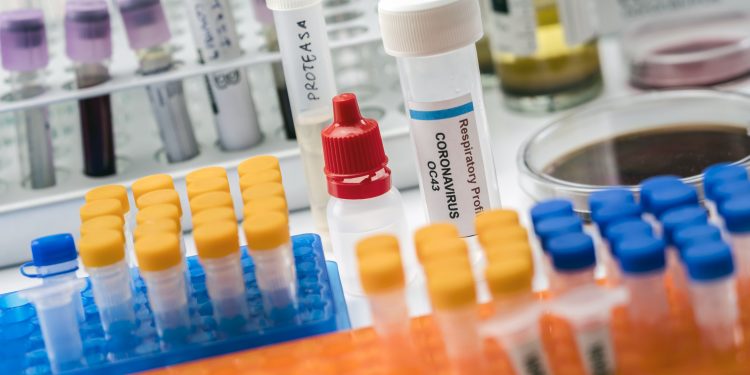Understanding Semaglutide and its function
Type -2 diabetes develops when body could not use insulin effectively and gradually loses the ability to synthesis enough insulin. Insulin is a hormone in the body that controls blood sugar level. In type-2 diabetes, body cells do not respond effectively to insulin. This is known as insulin resistance. The glucose thus remains in blood and blood sugar level higher than normal.
Semaglutide is once a week injection for people with diabetes. It is also sometimes called GLP1 analogue. It looks remarkably like a naturally occurring chemical that we all produce that helps to regulate our appetite as well as our blood sugar levels. This drug works by mimicking another hormone our body produces called incretin. Incretin conspires with several different mechanisms including increasing your insulin production and reducing sugar production by your liver. These mechanisms work together to maintain blood sugar level.
So, what is GLP1?
So, the first is that when the chemical is released it circulates into our system and it goes to our brain and there it leads to reduced appetite. It is the thing that people experience when they have eaten too much where suddenly they feel full. The sense of sickness or fullness that we might feel when we have gorged ourselves is GLP1 hitting the brain. Some people seem to produce excellent GLP1 responses that are effective. People that are thinner stop eating a lot more easily and quickly. But we know that in people with type-2 diabetes the sense is often impaired and if you give some GLP1 you can switch off the appetite to some extent and achieve weight reduction. Now how else does it work in our body? In liver it reduces the amount of glucose or sugar. The normal situation of a person would be to release sugar into circulation unless you do not need it. But in type 2 diabetes, there is impaired release of glucose out of liver. Continuously the stores are being released into circulation even though the blood sugar level is elevated. So, the third mechanism of action is around slowing stomach emptiness, what is also known as gastric emptying. This process leaves food in the stomach for longer time therefore there is low necessity to intake food again. And finally, there is action around pancreas where GLP1 both increases the amount of insulin that is produced as well increases amount that is released. An interesting thing about it is that it works when blood sugar level is elevated. And if sugar is low, the effect is switched off.
There are two doses that are prescribed and talked about. One is 0.5 milligram and the other is one milligram.
There are certain side effects to semaglutide usage. Change in taste or loss in taste is a common side effect. Others include blistering, discoloration of skin, coldness, stinging etc.
Nausea is a common side effect. It is experienced by one in every five individuals. Next big side effects diarrhea, abdominal pain etc.











Discussion about this post